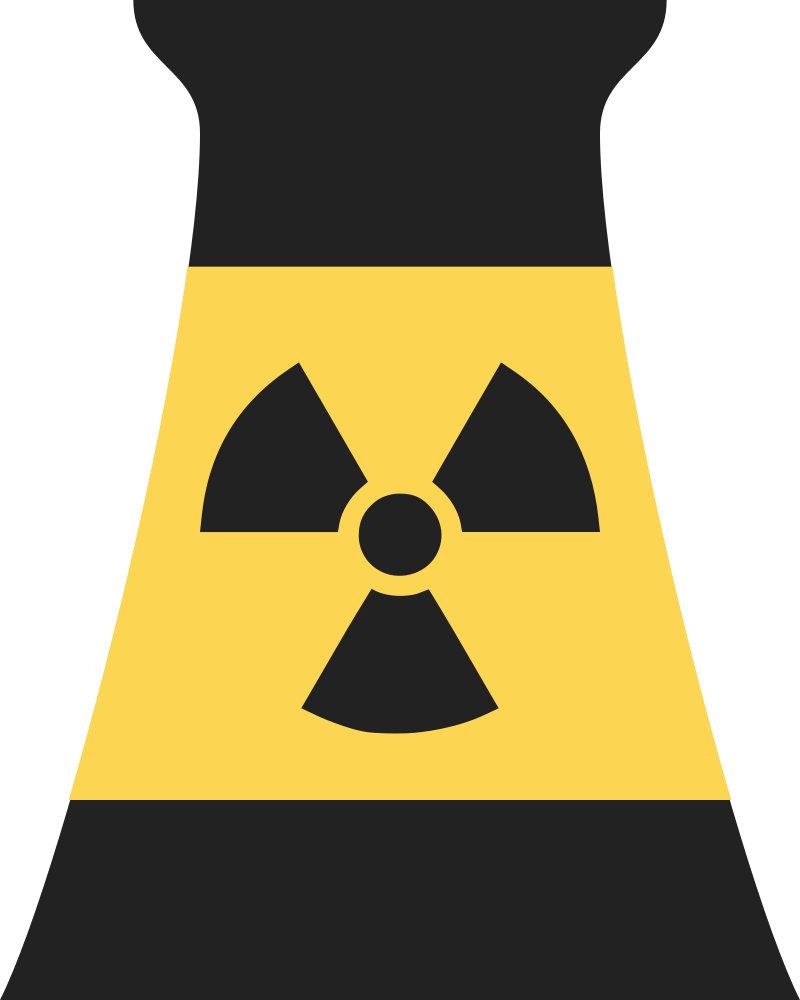One of the reasons that thorium is a much better fuel is the waste profile. It produces far less waste, and the waste that it does produce has a much shorter half-life. It also produces a lot of isotopes that are useful for medical purposes like cancer treatments.
And another great thing about LFTRs is that they don’t use water as coolant, so they can safely operate in situations of drought, and even in deserts.
A powered grid that would utilize mostly this type of reactor wouldn’t face the types of problems the French grid did during this summer’s heat waves.
All in all, a promising technology.
Yeah great point, I also read that molten salt is safer than water coolant because it turns solid when the reaction stops. So, you don’t have to worry about it leaking into the soil and contaminating the environment.
Even better, it means that you can abandon the reactor and it will not produce a melt down. It is inherently safe.
deleted by creator
There are many reasons for and advantages to it!
The molten salts mixture is multi-purpose, it serves both as the coolant and contains the molten radioactive fuel in this type of reactor, compared to more conventional reactors that use solid uranium rods as fuel, and regular water as coolant.
Most of the dangers with conventional reactors stem from the high pressures of the coolant steam, as well as the build up of high pressure gases next to the fuel, which in the case of an unattended runaway reaction tend to break things and cause radioactive juices to splatter all over the place, in the ground and in the atmosphere. And then the uncooled fuel also melts through the protective barriers, with the same effects.
Salts, on the other hand, don’t evaporate at 100 degree Celsius, one atmospheric pressure, like water does, so they can get heated to much much higher temperatures at normal pressure. And considering they contain the fuel too, if they expand a bit, they pour out of the core into a safety container, and therefore separate most of the fuel away from itself, and therefore stop the radioactive runaway reaction.
The fact that the fuel is liquid also makes the fuel reprocessing and refueling easier (can even be done while it’s turned on), which is very important when dealing with all the radioactive intricacies. It even lets us use a different more abundant and in some ways cleaner fuel, thorium, instead of direct uranium, because it being liquid lets us turn it into uranium “on the fly” inside of the reactor itself, this is called “breeding” uranium, which simplifies the entire process immensely.
The big downside is, well, hot molten salts are extremely corrosive, as you can imagine. And that’s why we haven’t had reactors like this so far. This one is also experimental.
Molten salt is used as coolant instead of water.


